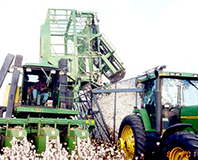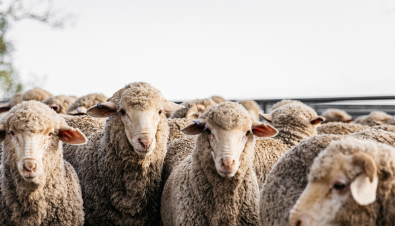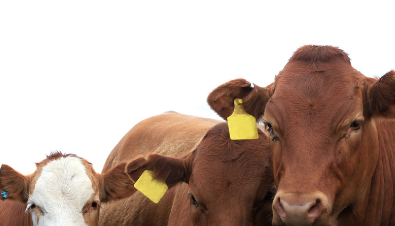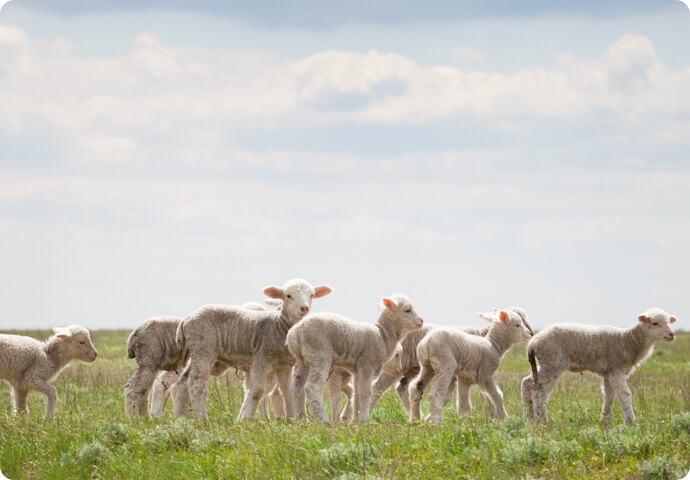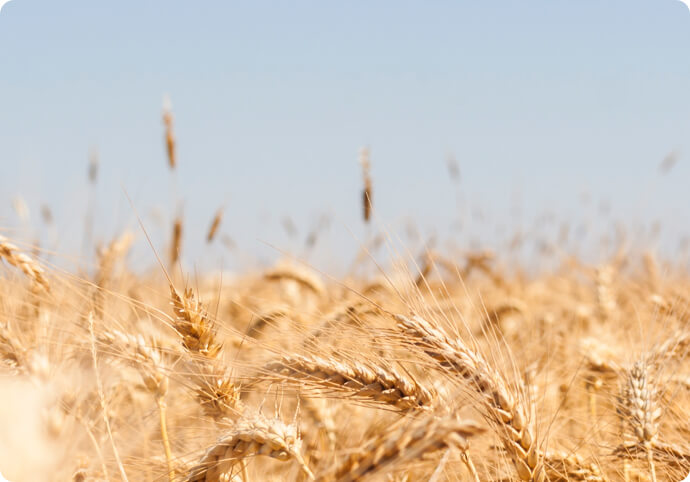Seed source
Cotton seed purchased in the Australian cotton industry is certified to be disease free. However, cotton pests may be brought onto the property with seed for other crops. Ensure seed for alternate crops is also from a reputable source, preferably with certification.
Many cotton pests, both endemic and exotic, can attack alternate crops, allowing for an increase in pest population levels before moving into cotton crops. To minimise the potential impacts, ensure the good biosecurity practices applied to the cotton crop are also applied to other crops grown on your property.
Weed management
Weed species are a significant biosecurity threat in their own right as well as acting as alternate hosts for many cotton pests. Good weed control practices can significantly contribute to limiting the impact of pests on crops.
Encourage staff to stay alert to new infestations of weeds, as the early detection of a new weed species and limiting its distribution on your property make it easier to control. Monitor risk areas, such as roadways, and river and channel banks for new weeds. Monitor results from spray applications, as new weed seeds introduced onto your farm may be herbicide resistant.
Key points for on-farm weed management
- Develop a weed management plan or incorporate weed seed spread prevention into existing management systems.
- Use integrated weed management for more effective control. For more information see relevant sections of WEEDpak.
- Manage the buffer area or windbreak around your boundary.
- Clean machinery, vehicles and tools have been in weed-infested areas.
- Request that visitors (including service providers) have cleaned their vehicles, machinery and equipment before entering your property.
- Request written assurance that vehicles and machinery are clean.
- Request a Weed Hygiene Declaration when buying anything that has the potential to be contaminated with weed seed.
- Familiarise yourself with existing weed species on your farm so you can tell if you spot something different.
Ratoon and volunteer cotton
Volunteer and ratoon cotton can harbour pests, carrying them from season to season and providing an inoculum source for early re-infection of the following year’s crop.
Ensure crop destruction and follow-up controls remove all volunteer or ratoon cotton in fields. In addition, control volunteer cotton external to the field (eg roadways, head ditches, etc.)
Ten reasons why ratoon and volunteer cotton must go
- Mealybugs survive from one season to the next on these food sources, infesting crops earlier in the following season.
- Cotton aphids with resistance to neonicotinoids survive between seasons on these plants, reducing insecticide effectiveness.
- Bunchy top disease can be transmitted by Cotton aphids from infected ratoons to new cotton crops.
- Silverleaf whitefly survive between seasons on these plants, resulting in earlier infestation in the following season.
- They provide a winter host for Pale cotton stainers and solenopsis mealybugs.
- Inoculum of soil-borne diseases such as Black root rot, Fusarium and Verticillium builds up in ratoons.
- Ratoon plants place extra selection pressure on Bt cotton in two ways:
- Ratoon cotton can be used as a host by the earliest and latest Helicoverpa generations.
- Ratoon plants may only express sub-lethal doses of the Bt proteins, therefore increasing resistance selection pressure.
- Fields with ratoons from Bt cotton are unsuitable for planting refuge crops, as the refuges cannot be effective if contaminated with Bt cotton plants.
- Removing ratoons may be a costly exercise, but it is cheaper than the costs of dealing with the problems resulting from not removing them.
- They are a biosecurity risk. Ratoons harbour pests and are a potential point of establishment for exotic pests.

